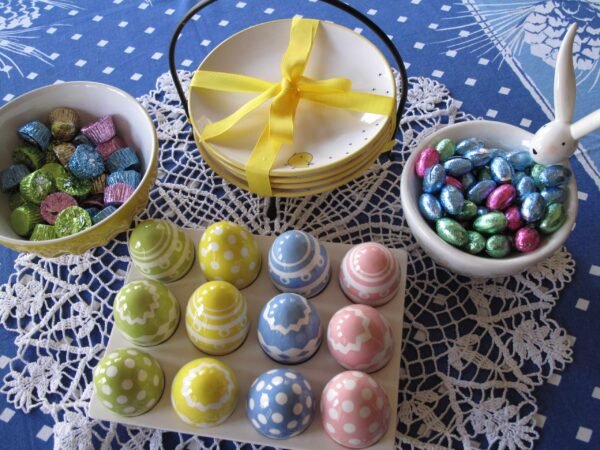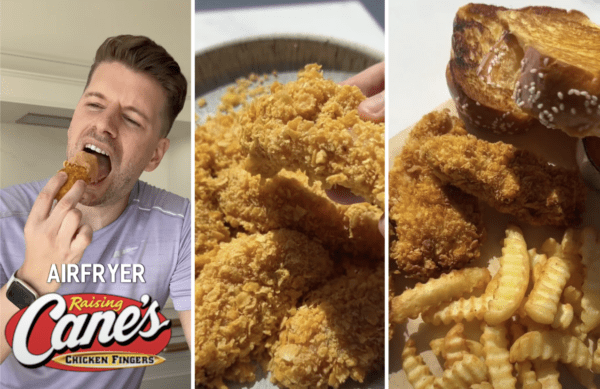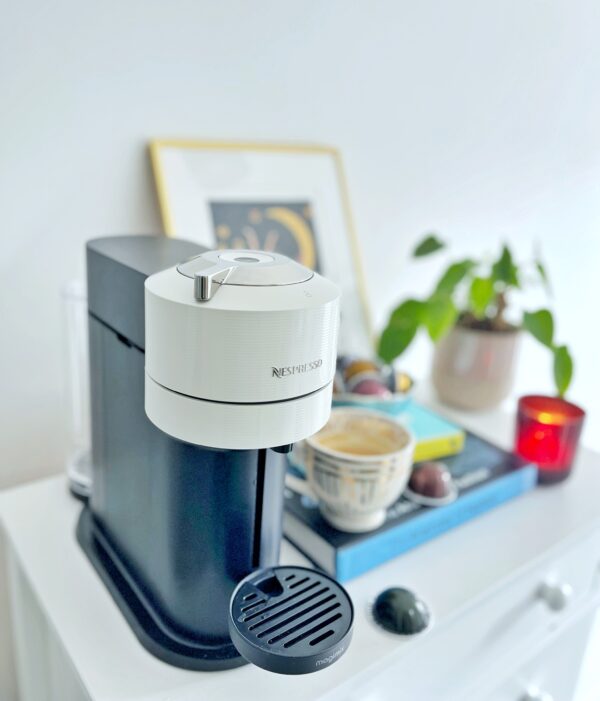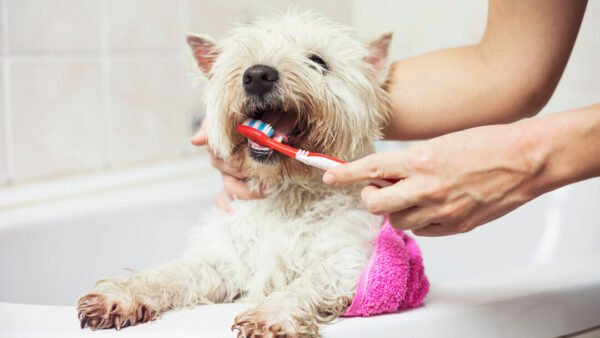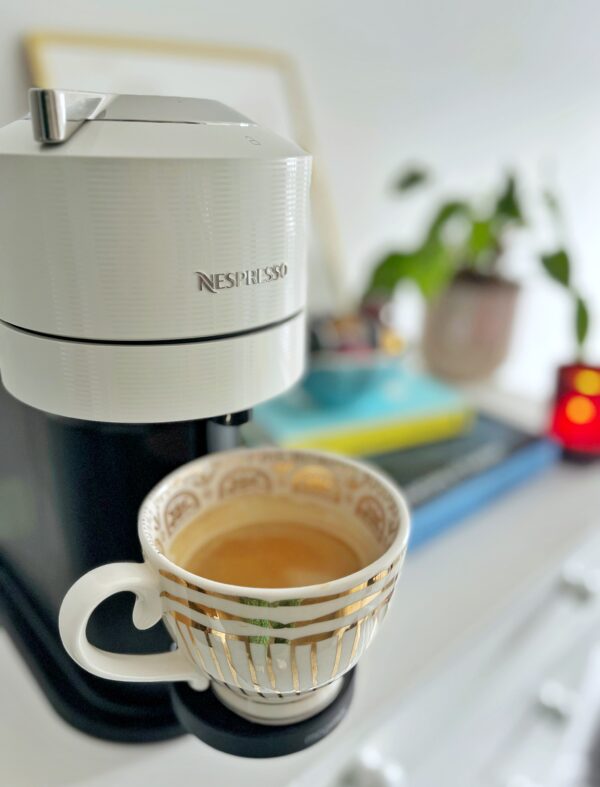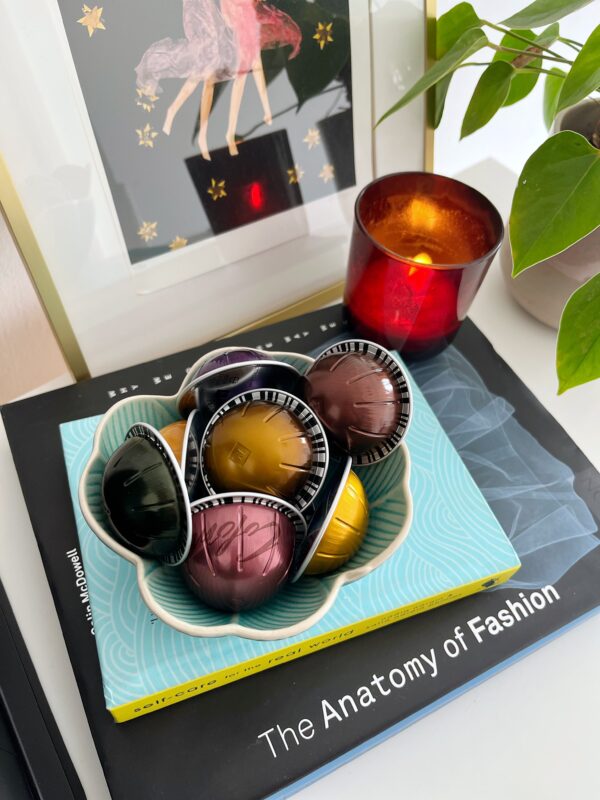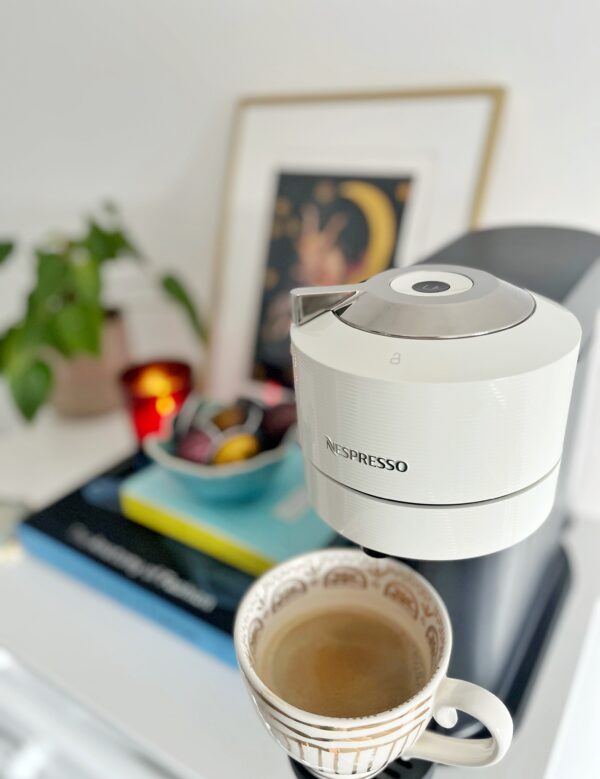
The Only Way to Make Barista-Style Coffee at Home
One of the palpable indicators of the cost-of-living crisis has been the creeping charge for a barista-made coffee. Often cited as the benchmark for inflation (alongside the original poster boy – a Cadbury’s Freddo), life’s little luxury of a daily cappuccino no longer carries such a little price tag. My jaw nearly hit the floor when my most recent order at a well-known coffee chain left me with little change from £5.
Unsurprisingly searches for ‘how to make the best coffee at home’ have seen a +50% increase in the past 12 months, as cash-strapped Brits look to eliminate cash-burning daily habits. Likewise, sales of coffee machines are surging in the UK. In June, the World Coffee Portal reported that the total UK sales of domestic capsule, filter and espresso machines had increased by 3.5% over the last year, accounting for £162.8 million in revenue.
The experts at Wren Kitchens have teamed up with Michael Le Bourgeois at Bad and Boojie Coffee to share the secrets to making barista-style coffee, whether you have a coffee machine or not.
Here are the top five tips on creating the best possible at-home coffee.
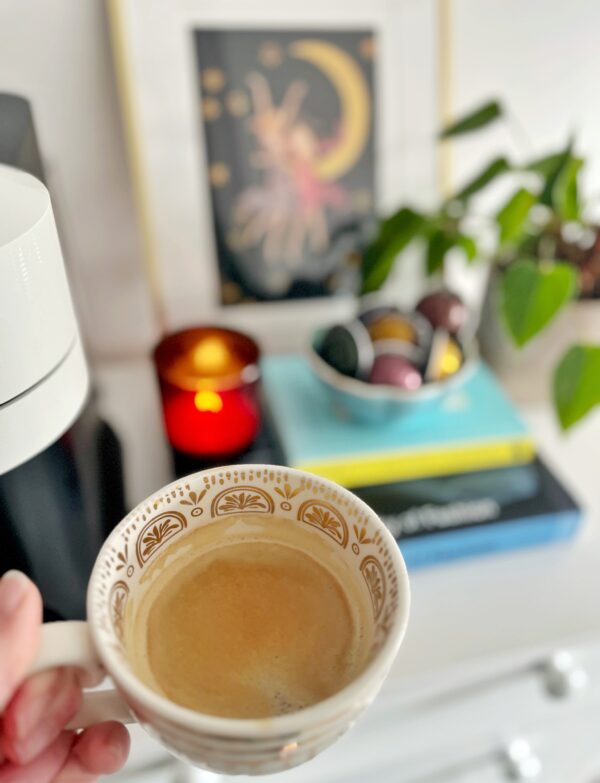
1. Invest in a coffee machine
The recipe for creating a barista-grade coffee at home goes beyond simply investing in a coffee machine – but it’s a good place to start. You might not have a spare £2k for a top-of-the-range heavy duty model, but there are plenty of purse-friendly coffee machines that do not compromise on flavour or design. The Nespresso by Magimix Vertuo Next Pod Machine available from ao.com is a democratically priced £80, whilst heating up quickly, boasting a generous 1.1 litre capacity water tank, and clever inbuilt wifi and Bluetooth connections that run auto-updates and send reminders when pods are running low.
2. Look at your water quality
Water quality significantly affects the taste of your coffee, so use fresh and filtered water instead of tap water. This simple swap will also extend the shelf life of your coffee machine, as build-up from unfiltered water can damage machine parts over time.
3. Don’t compromise on the crema
For the uninitiated, the crema is the creamy, reddish-golden froth on the top of your espresso shot. Not only does it look inviting, it’s full of flavour, texture and aromas. And it’s one of the glaring differences between an instant coffee, and a barista-made coffee that will boast an inviting, frothy surface. A high-quality at-home coffee machine can also deliver a crema; Nespresso Vertuo pods naturally create a silky, smooth top, that tastes as good as a coffee shop creation.
4. Elevate the experience with latte art
Coffee expert Michael Le Bourgeois at Bad and Boojie Coffee explains how to froth milk at home to create the charming latte art we’ve come to expect from barista coffee. ‘Texturing milk includes aerating it to its desired froth level before bringing it to the right temperature – 60 to 65°c. As a simple rule, the more air you add to the milk, the more froth you build. You need to do this while the milk is cold to stretch the proteins, which helps build silky smooth foam.’ Latte art doesn’t need fancy equipment, either – at-home milk whisks can be purchased for as little as £5.
5. Consider your cup
There is a school of thought amongst coffee tasters that the receptacle in which coffee is served up can intensify the flavour of the brew. Tall narrow mugs are thought to enhance the aromas and will keep a coffee hotter for longer too. How much truth there is in these theories, and how much is psychological is hard to ascertain. Having said that – a chipped tea-stained mug wouldn’t make the grade in your local coffee shop, so why serve up your caffeine fix in a similar one at home? Upgrading your china is a simple way to elevate your at-home coffee break.




















